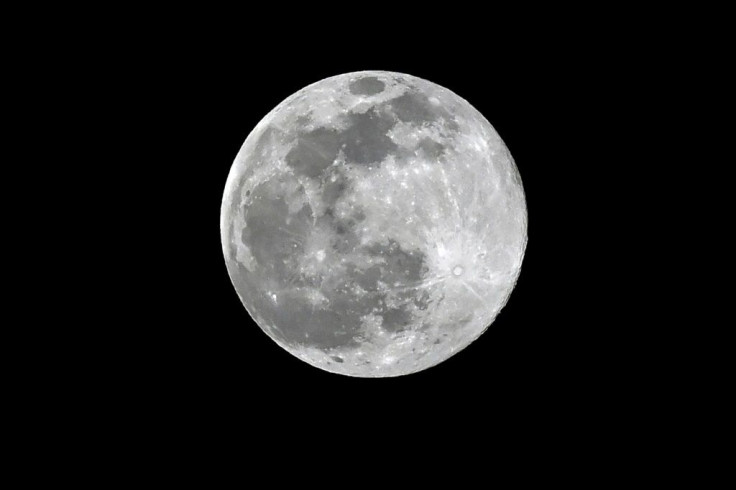Hunter's Moon: Skywatchers Capture Stunning Images Of October Full Moon
KEY POINTS
- Hunter's Moon is the harbinger of colder weather in northern hemisphere
- The Harvest moon signals the start of fall
- The orange-hued moon was early to rise to the sky this year
The Hunter's Moon kept its date with the skies this year and Astro-photographers were delighted by the stunning views served by the moon.
Hunter's Moon on Sunday was the first full moon to follow the Harvest moon which fell on Sept. 10 this year. The Hunter's Moon is the harbinger of colder weather in the Northern hemisphere while the Harvest moon signals the start of fall. Both moons are thus the only full moons associated with astronomical events and can occur in different months.
The Hunter's Moon is so named because at one point in time it was prompt to hunt in anticipation of the colder times ahead. A nearly full moon is visible for many days preceding and following the Hunter's Moon.
'WHEN MOON RISES, IT'S YOUR TIME' 🌕✨
— Be An INQUIRER (@BeAnINQUIRER) October 10, 2022
LOOK: Stargazers and photographers captured the picturesque appearance of October's full moon, also known as "Hunter's Moon," as it gracefully illuminated the night sky in different parts of the world.
📸: See each photo for proper credits pic.twitter.com/LcmgLxnxl9
The orange-hued moon was early to rise to the sky this year. It rose just nine minutes after sunset for New York City observers at 6:34 p.m. local time. The moon has a characteristic orange color and is perceived to be larger than ordinary full moons.
Full moon alert! Head outside for a view and discover more about the "Hunter's Moon," and other observing highlights here: https://t.co/whm2tJu4Jx
— NASA Moon (@NASAMoon) October 9, 2022
📸 Image credit: Dario Giannobile pic.twitter.com/U5idZC7bMn
The orange tinge is due to a phenomenon called the scattering of light. The Hunter's Moon is near the horizon as compared to an overhead moon. Hence, the light reflected at us during a Hunter's Moon passes through more of the Earth's atmosphere. This causes most of the blue light to scatter by the molecules of the Earth's atmosphere and only red light somewhat remains that reaches our eyes.
Blue light is scattered the most as it has the shortest wavelength. On the other hand, red light travels the farthest because it has the longest wavelength.
Full Moon rising over this canyon this evening, as seen from Yaki Point on the South Rim. The first full moon after fall equinox is often called the Hunter's Moon. For an updated list of what's open in the park this week, and hours of operation > https://t.co/P9gi3nEJdz (2376) pic.twitter.com/nTxZ7cKVY1
— Grand Canyon NPS (@GrandCanyonNPS) October 10, 2022
Now coming to the larger appearance of the moon. The moon looks bigger due to something called the moon illusion.
When an overhead moon is looked at, it is compared to the expanse of the horizon, which makes it appear smaller in size, according to Farmer's Almanac. When the moon is near the horizon, we tend to compare it more to Earthly objects (buildings and trees) and less to celestial bodies. This makes the moon look like a giant.
The full Hunter's Moon rises behind the Brooklyn skyline, the Statue of Liberty and the Brooklyn Tower in New York City. #HuntersMoon 📷: @GaryHershorn pic.twitter.com/PLrOPAFtWG
— Getty Images News (@GettyImagesNews) October 10, 2022
It is to be noted that the larger appearance of the Hunter's Moon should not be compared with that of a supermoon. Supermoons appear bigger on account of their proximity to the Earth during that time.
The next full moon to grace us will be the Beaver's moon which will fall on Nov. 8. It will then be followed by the final full moon of the year called the Cold moon on Dec. 7.

© Copyright IBTimes 2024. All rights reserved.





















